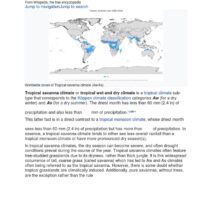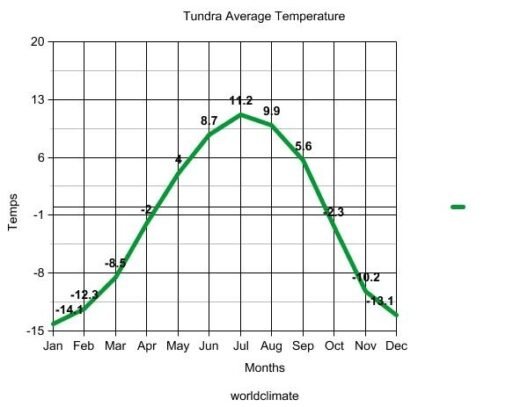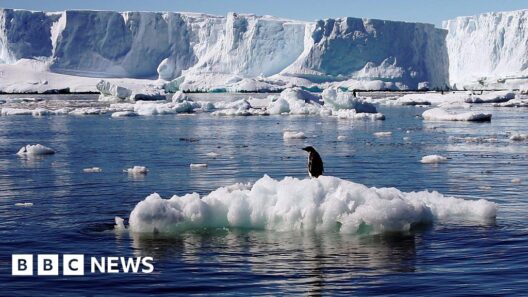The topic of global warming has garnered significant attention over the last several decades, with a growing body of evidence pointing towards alarming changes in our climate. This discourse often raises an essential question: Is the damage done? Are the effects of global warming irreversible? In seeking to answer this question, it is vital to dissect various dimensions of climate change, including its historical context, ongoing effects, and potential for recovery.
To truly understand the severity of global warming, it is essential to examine its historical trajectory. For over a century, human activities have increasingly contributed to the accumulation of greenhouse gases in the atmosphere. The Industrial Revolution marked a turning point, unleashing vast quantities of carbon dioxide and methane through the burning of fossil fuels, deforestation, and industrial processes. Consequently, the planet’s average surface temperature has risen approximately 1.2 degrees Celsius since the late 19th century. This seemingly modest increase has ushered in a cascade of climatic repercussions, transforming weather patterns, melting glaciers, and elevating sea levels.
Among the most pressing effects of global warming are the alterations in weather phenomena. The amplification of extreme weather events, such as hurricanes, droughts, and heatwaves, has become increasingly apparent. These changes are not merely statistical anomalies; they have dire consequences for human life, agriculture, and ecosystems. In many regions, agricultural yields are declining due to changing precipitation patterns and increased temperatures, threatening food security and livelihoods. In coastal areas, the encroachment of rising sea levels jeopardizes infrastructure and displaces populations, creating climate refugees and exacerbating socio-economic inequalities.
The biodiversity crisis presents another substantial concern linked to global warming. Species adaptation often occurs in response to gradual environmental changes. However, the pace and magnitude of current climate shifts exceed many species’ capacity for adaptation, leading to unprecedented rates of extinction. Coral reefs, often dubbed the “rainforests of the sea,” illustrate this phenomenon poignantly. Coral bleaching, driven by rising water temperatures and acidification, stresses these ecosystems, resulting in widespread degradation. This spells disaster not only for marine biodiversity but also for the millions of people who rely on these ecosystems for food and economic stability.
Despite the apparent severity of these effects, it is crucial to probe the question of reversibility. The concept of irreversibility in climate science entails understanding tipping points—thresholds beyond which certain systems may undergo irreversible changes. Examples include the melting of the Arctic ice cap and the thawing of permafrost. The former leads to a reduction in the Earth’s albedo effect, causing further warming, while the latter releases previously trapped greenhouse gases, intensifying climate change. If these tipping points are crossed, the ramifications could be profoundly entrenched, rendering certain climatic conditions unchangeable for centuries or even millennia.
However, the trajectory towards irreversibility is not a foregone conclusion. Mitigation efforts play a pivotal role in determining the extent of global warming’s damage. Innovative approaches, such as carbon capture and storage (CCS), renewable energy solutions, and reforestation projects, have gained traction in response to climate challenges. They can absorb carbon dioxide from the atmosphere and mitigate the anthropogenic impact on climate change. Additionally, international collaborations, such as the Paris Agreement, strive to unite nations in a concerted effort to limit global temperature increase to well below 2 degrees Celsius, aiming for a maximum of 1.5 degrees Celsius.
The role of individual actions cannot be overlooked. Awareness and education serve as catalysts for grassroots movements, promoting sustainability practices and encouraging the adoption of eco-friendly habits. Small changes in consumption patterns, like reducing meat intake or opting for public transportation, can collectively contribute to a more sustainable future. As individuals become empowered to effect change, societal pressure can lead to larger systemic transformations in governance and business practices.
Moreover, the scientific community continues to make strides in understanding climate dynamics, offering insights into potential recovery pathways. The concept of climate resilience—building adaptive capacity among communities and ecosystems—provides a framework for navigating the tumultuous waters of climate change. Restoration ecology, which focuses on rehabilitating degraded ecosystems and enhancing biodiversity, reveals that with concerted effort, it is possible to rebuild natural habitats and reverse damage over time. Successful endeavors in rewilding and ecosystem restoration illustrate humanity’s capacity to heal the earth.
In conclusion, while the effects of global warming pose significant threats to ecosystems, human health, and socio-economic stability, declaring the damage irreversible is an oversimplification. The atmosphere continues to bear the scars of human activity, yet there exist pathways of hope and restoration. It is essential to recognize that efforts to mitigate climate change can still yield positive outcomes, preventing the crossing of critical tipping points. Comprehensive approaches championing global cooperation, scientific innovation, individual responsibility, and ecological restoration will be instrumental in charting a sustainable future. The fight against global warming is not merely a battle for survival but a profound opportunity for humanity to reshape its relationship with the planet and create a legacy of stewardship for future generations.






